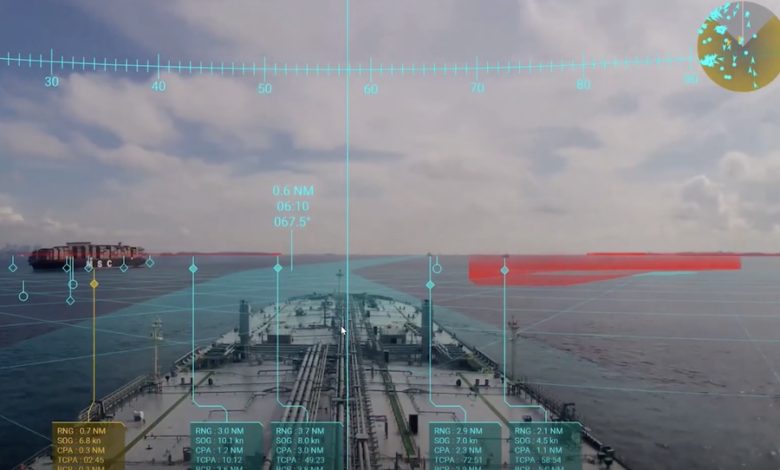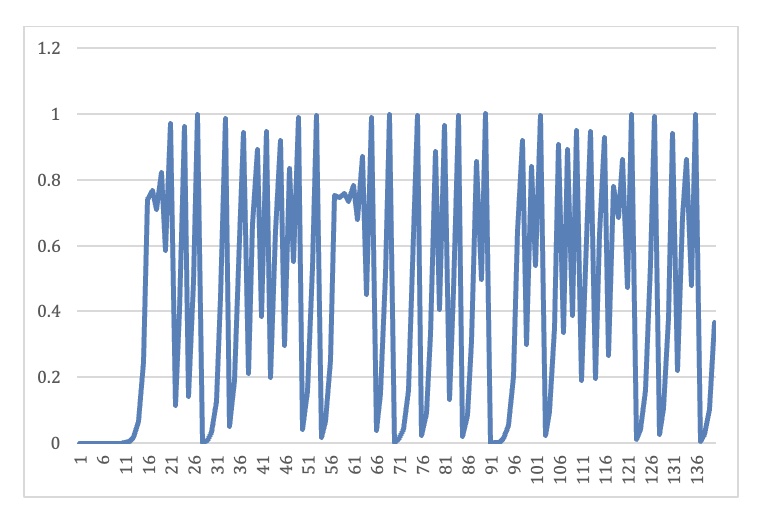AI: a hot air balloon?

For his monthly column, Pierre Aury gives readers his thoughts on artificial intelligence.
After a lazy August column we feel like elevating things: it’s time to revisit the topic of artificial intelligence. Well at least we might avoid death by an overdose of articles on CO2 emissions …although no doubt AI, being so powerful, will soon sort out our little CO2 issue.
“…collaborative data platform for the maritime and trade sectors, driven by ground breaking AI-enabled tools”
“In our pursuit of data precision, we employ artificial intelligence to complement and refine information sourced from our more than one thousand sources”
“…is powered by a blend of Artificial Intelligence technologies and patented data fusion and forecasting models”
These three random quotes are from the home pages of SaaS companies active in shipping: fair enough they are using this ‘new’ AI thing as the red light used in other businesses to attract customers and boost sales.
Before we go any further let us take a little detour to debunk two myths: AI is a technology and AI is new. AI in fact is a science which is a branch of so-called cognitive sciences. Cognitive sciences can be defined as studying the human mind and its processes with input from linguistics, psychology, neuroscience, philosophy, anthropology and computer science including AI. AI can trace its roots back to the cyberneticists of the first half of the 20th century and to Alan Turing, the man who broke the Enigma code and went on record in 1950 saying that: “Instead of trying to produce a programme to simulate the adult mind, why not try to produce one which simulates the child’s. If this were then subjected to an appropriate course of education, one would obtain the adult brain.”
The seeds of AI back in 1950… not exactly new. Now quotes from Yann Le Cun who is the head of AI research in Meta (Facebook) with a quote from his 2019 book When machines learn: “If one had to rank AI relative to brain power with the human brain being at 100 and the mouse brain being at 1, AI would be very close to the mouse.”
Another quote from an interview he gave in early 2023: “In five years nobody will be using ChatGPT anymore.”
These quotes from a man at the top of current AI research certainly tone down the claims in the three above quotes from SaaS companies. Regarding ChatGPT the hot air balloon becomes obvious when one understands the way it works: Being “trained” on billions of sentences ChatGPT calculates a probability of each word it knows to appear after a given sequence of words and then adds the word with the highest probability to a given sequence of words.
This was already done back in the 1950s by a gentleman by the name of Claude Shannon, the father of the information theory. The only difference between now and then is the computer power.
In a nutshell, we are not disputing the fact that AI can be very useful for many simple and tedious applications like looking for a needle in a haystack, we are only saying that it has so far produced crude tools and that these tools are not going to revolutionise the shipping world at least not before some considerable amount of time. As mentioned above AI is way too “stupid” today – who wants a mouse at the helm? Now a philosophical consideration which is that there is a belief that the shipping market or any other market or human activity is driven by a huge and encrypted programme that could be ‘cracked’ given enough computer blunt force a bit like in the second book by Dan Brown, Digital Fortress, published 25 years ago. Once cracked the next shipping market movement becomes known, opening the door to huge profits with no risk attached.
Maybe there is such a programme. To make that case we will use virtual market observations. The first one shows our virtual shipping market being flat:

You have no doubt noted that the above graph starts at 50 so let us show the same virtual shipping market time series but starting this time at 0:

Now we have something very different but most people would conclude that what happened between 0 and 20 was different, a kind of one-off event, and therefore should not be taken into account (sounds familiar?)
Sometime later our virtual shipping market is suddenly exhibiting a different pattern:

Soon the movements of our virtual shipping market are becoming very erratic:

What is the point here? The point is that those who believe that there is a ‘programme’ explaining these four types of market behaviours would be right. The four graphs above can be accounted for by an equation called a quadratic map equation which is very simple:
Yn+1=AYn(1-Yn)
This equation describes the changes of Y over discrete time steps. It represents “a nonlinear function that can exhibit interesting and complex behaviour, including periodicity, chaos or stability, depending on the value of A”.
Y0 is set at 1*10^(-9) and A is a constant. This constant is 2.1 for the first 2 graphs, 3.3 for the third graph and 4 for the last one. Some small changes in the value of the constant lead to massive changes not only in the value of each data point but more importantly in the pattern exhibited. Now it is highly unlikely that any AI-powered system would have been able to predict that the first two graphs were the result of a quadratic map equation as AI, the way it works today, can only predict the past. Now if the behaviour exhibited by shipping markets or any other markets is not the result of any simplistic quadratic map equation at work but just chaos which, let’s face it, is more than likely then mission creep AI-powered or enabled systems unleashed by greedy humans will nevertheless volunteer equations from the past. You’d better be on the right side of these.
